
Molti terremoti sono rimasti impressi nella memoria dei carinziani. Ad esempio, i terremoti di Villach del 1348, del 1690 e del 1976.
Dal 2021, un team di ricerca tedesco sta studiando se la faglia periadriatica o altre faglie sismiche attive dall'inizio delle ere glaciali siano responsabili.
Inoltre, il team vuole dimostrare quali movimenti tettonici recenti hanno contribuito al sollevamento delle Alpi meridionali (ad esempio le Alpi Carniche) e delle Alpi orientali (ad esempio le Alpi della Gailtal).
I primi risultati saranno presentati dal direttore della ricerca Kamil Ustaszewski il 31 maggio 2023 a St. Stefan.
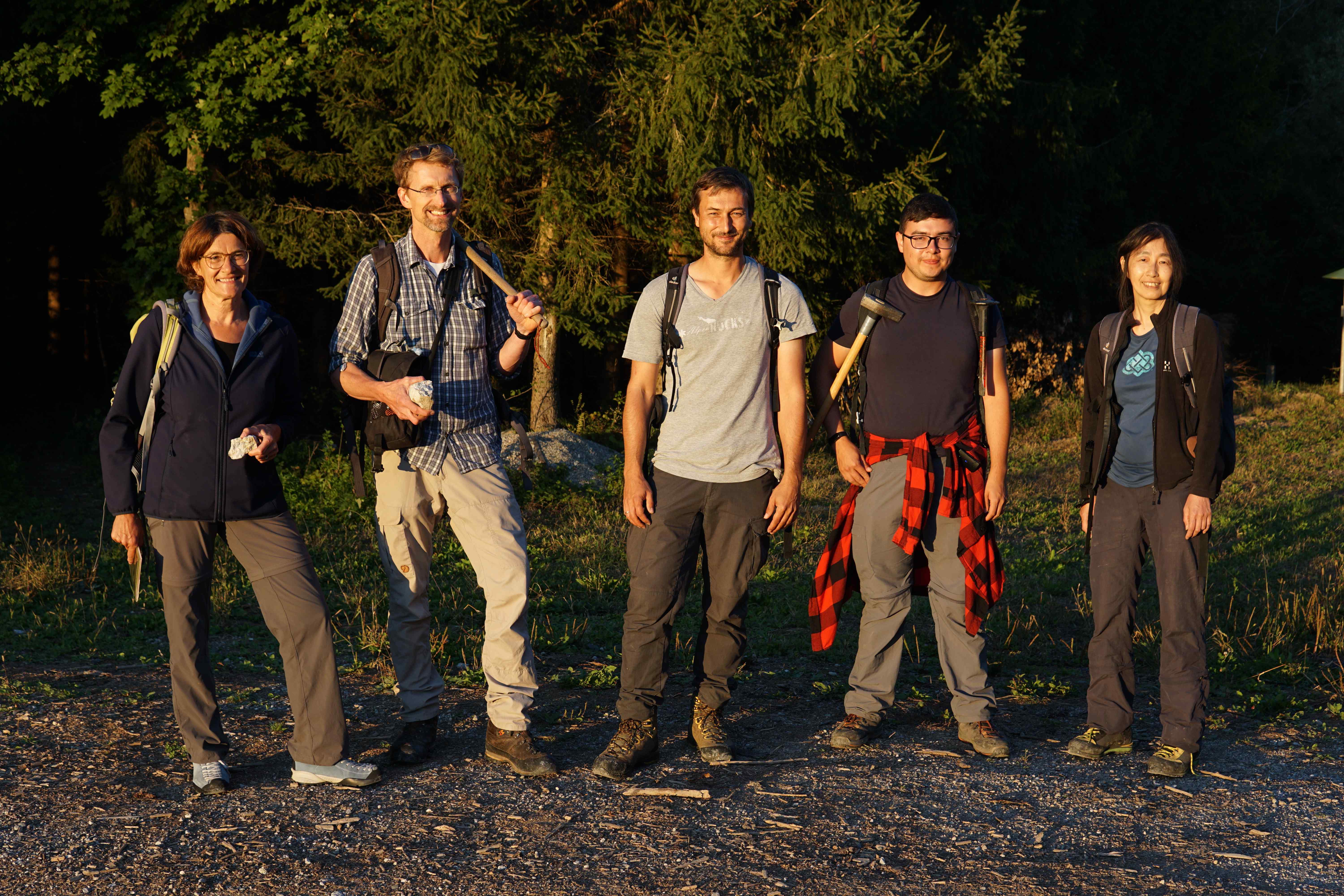 |
Many earthquakes have burned themselves into the memory of Carinthians. For example, the Villach quakes of 1348, 1690 and 1976.Since 2021, a German research team has been investigating whether the Periadriatic Fault or other seismically active faults since the beginning of the ice ages are responsible.Furthermore, the team wants to show which recent tectonic movements contributed to the uplift of the Southern Alps (e.g. Carnic Alps) and the Eastern Alps (e.g. Gailtal Alps).
The first results will be presented by research director Kamil Ustaszewski on 31 May 2023 in St. Stefan.
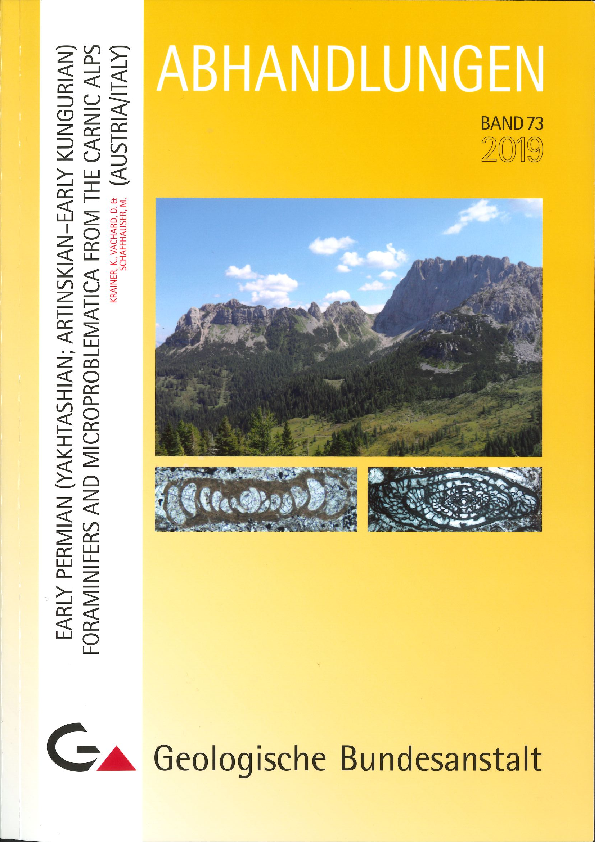
Questo lavoro, pubblicato come volume 73 delle Abhandlungen der geologischen Bundesanstalt Wien, comprende una nuova trattazione dei foraminiferi subpermiani delle formazioni Zweikofel, Zottachkopf e Trogkofel. Autori: K. Krainer, D. Vachhard e M. Schaffhauser
È possibile ordinare l'intero documento qui.
This work, published as volume 73 of the Abhandlungen der geologischen Bundesanstalt Wien, comprises a new treatment of the subpermian foraminifera from the Zweikofel, Zottachkopf and Trogkofel Formations. Authors: K. Krainer, D. Vachhard and M. Schaffhauser
You can order the complete work here.
In occasione di questo congresso, tenutosi dal 29 luglio al 2 agosto 2019 a Colonia, sono stati presentati per la prima volta alla comunità scientifica i risultati dello scavo di tetrapodi nel Kötschacher Berg.
Poster da scaricare gratuitamente: Poster (versione inglese)
At this congress from 29 July to 2 August 2019 in Cologne, the results of the tetrapod excavation in the Kötschacher Berg were presented to science for the first time.
Poster for free Download: Poster
Questa specie di corallo, Lonsdaleia carnica n.sp., è stata scoperta in un blocco di 60 kg di calcare a Hochwipfel, nelle Alpi Carniche. Si tratta della prima descrizione di questa specie a livello mondiale - si parla di olotipo.
Lonsdaleia carnica n.sp. è un corallo rugoso del genere Lonsdaleia. È il principale calcificatore di questo blocco di calcare trovato nel 2017, probabilmente un'olistolite. Il blocco proviene dalla Formazione di Kirchbach, della fase tardo-visuale-serpukhoviana, il che gli conferisce un'età di circa 330 milioni.
Autori: S. Rodriguez, H.P. Schönlaub e H. Kabon
È possibile scaricare il relativo articolo dal Servizio geologico di Vienna.
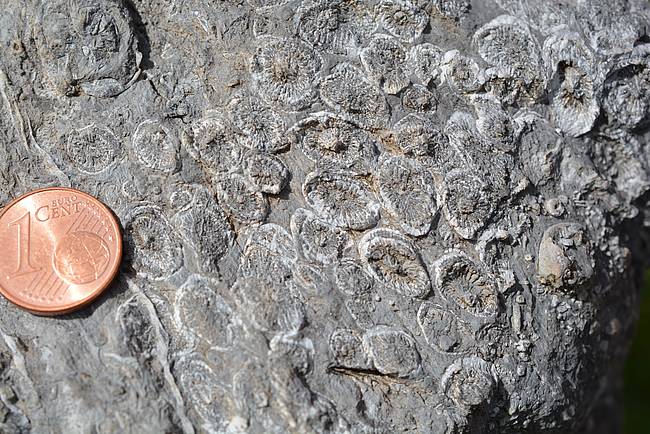
This coral species, Lonsdaleia carnica n.sp., was discovered in a 60 kg block of limestone at Hochwipfel in the Carnic Alps. It is a first description of this species worldwide - one speaks of a holotype.
Lonsdaleia carnica n.sp. is a rugose coral of the genus Lonsdaleia. It is the main calcifier of this limestone block found in 2017, probably an olistholite. The block is from the Kirchbach Formation of the late Visé to Serpukhovian stage, giving it an age of about 330 million.
Authors: S. Rodriguez, H.P. Schönlaub and H. Kabon
You can download the relevant article from the Geological Survey of Vienna.
Sono descritti un corallo tabulato del genere Favosites sp. e membri del peduncolo di crinoidi provenienti dal complesso cristallino del Gailtal. L'aspetto notevole di questi reperti è il loro stato di conservazione relativamente buono, poiché i fossili provengono da filladi quarzifere, per il cui metamorfismo si ipotizzano condizioni di pt nella facies degli scisti verdi.
Autori: Hans Peter Schönlaub, Bernhard Hubmann e Karl Heinz Oppl
È possibile scaricare l'intera pubblicazione qui.
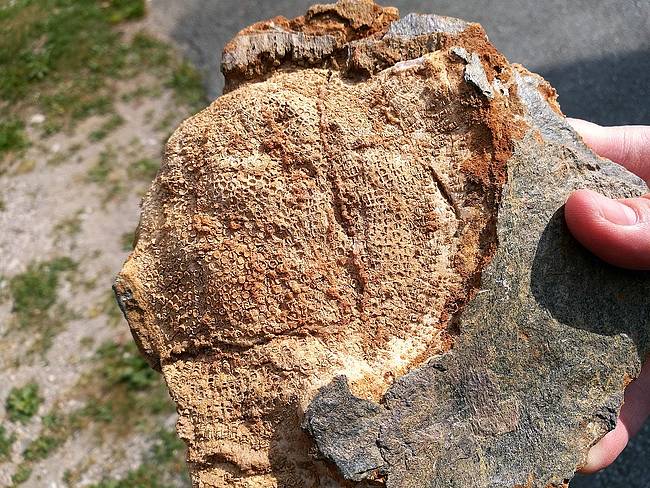
A tabulate coral of the genus Favosites sp. and crinoid peduncle members are described from the Gailtal crystalline complex. The remarkable thing about the finds is their relatively good state of preservation, because the fossils originate from quartz phyllites, for whose metamorphism pt-conditions in the green shale facies are assumed.
Authors: Hans Peter Schönlaub, Bernhard Hubmann and Karl Heinz Oppl
You can download the entire publication here.
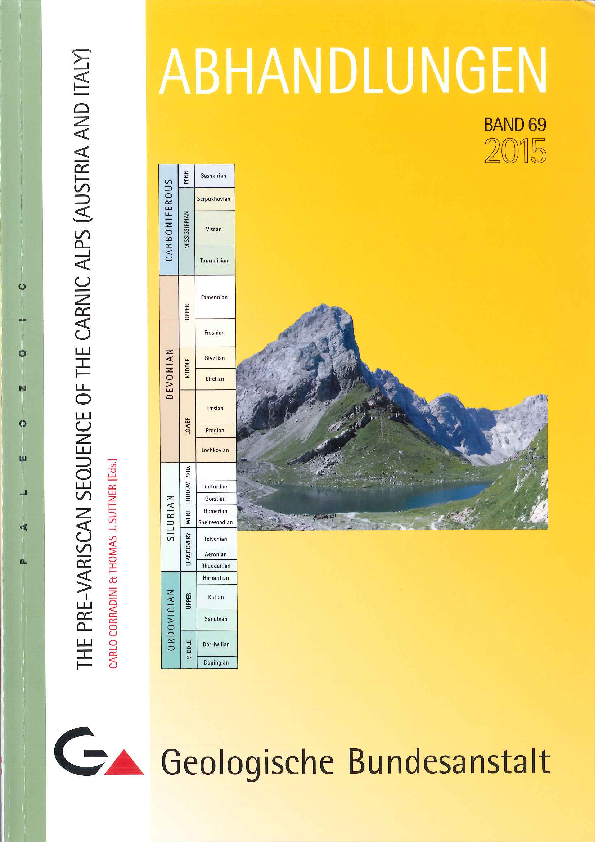
Carlo Corradini & Thomas J. Suttner (a cura di)
Questo lavoro è il risultato di un progetto di ricerca degli ultimi 7 anni condotto da più di 40 scienziati provenienti principalmente da Italia e Austria.
La sequenza pre-variciana delle Alpi Carniche è stata suddivisa in 36 formazioni litostratigraficamente ben definite e i suoi confini. L'obiettivo è una migliore correlazione con regioni in altre posizioni paleogeograficamente simili.
Abh. Geolog. Bundesanstalt, Bd 69, Prefazione
Carlo Corradini & Thomas J. Suttner (Eds.)
This paper is the result of a research project of the last 7 years performed by more than 40 scientists coming mainly from Italy and Austria.
The pre-Variscan sequence of the Carnic Alps has been subdivided into 36 lithostratigraphically well-defined formations and its boundaries. The aim is a better correlation with regions in other paleogeographically similar positions.
Le più antiche tracce di dinosauro in Austria sono state scoperte 35 anni fa nei pressi di Kötschach-Mauthen. Esse provengono dai diadectidi, lunghi circa tre metri.
Nell'estate del 2013, lo specialista di orme di dinosauro Dr. Sebastian Voigt del Museo Preistorico di Geoskop e Lorenzo Marchetti, dottorando dell'Università di Padova, sono ripartiti alla ricerca. La Formazione di Laas nel Monte Laas si è rivelata un tesoro. Qui i geologi hanno scoperto altri due rappresentanti dei primi dinosauri austriaci.
Rapporto sui ritrovamenti di dinosauri 2013
The rich fossil heritage of the Geopark Carnic Alps has recently been expanded by a new asset — the oldest traces of land-dwelling vertebrates in Austria. The first and hitherto only slab with Palaeozoic tetrapod tracks from Austria was discovered north of Kötschach-Mauthen in 1979. These tracks, compared to the ichnotaxon Ichniotherium cottae, were used to support the assumed Early Permian age of the footprint-bearing red-beds. The latter are known as the Laas Formation and represent the base of the calcareous Triassic to locally Cretaceous sequence of the Gailtal Alps.
Foto delle orme di dinosauro del Laaser Berg/Alpi della Gailtal - Pictures of Sauria traces from Laaser Berg/Gailtaler Alpen
Copyright: Sebastian Voigt
Tracce di Seymouria / Traces of Seymouria
Tracce di Seymouria - altro / more Seymouria traces
Singola traccia di Seymouria / Foot imprint of Seymouria
Singola traccia di Seymouria / Foot imprint of Seymouria
Tracce di diapsidi / Traces of Diapsids
Singola traccia di un diapside / Traces of Diapsids
Tracce di diapsidi / Foot imprint of a Diapsid
In questo lavoro, Alexander Mörtl dell'Università di Innsbruck, sotto la supervisione del Prof. Dr. Karl Krainer, ha lavorato su un blocco roccioso rinvenuto nel 2013 nel Mauthner Klamm, nelle Alpi Carniche centrali. Lo scopo del lavoro era quello di ricercare sul campo la roccia di questo blocco roccioso per ricostruire le condizioni deposizionali dei sedimenti e dei fossili.
I tipi di microfacies trovati indicano un ambiente deposizionale corrispondente a una laguna. Le indagini hanno inoltre rivelato che i fossili presenti nel blocco, originariamente descritti come anfipori, sono coralli del genere Hillaepora.
È possibile trovare l'intera tesi di laurea magistrale qui.
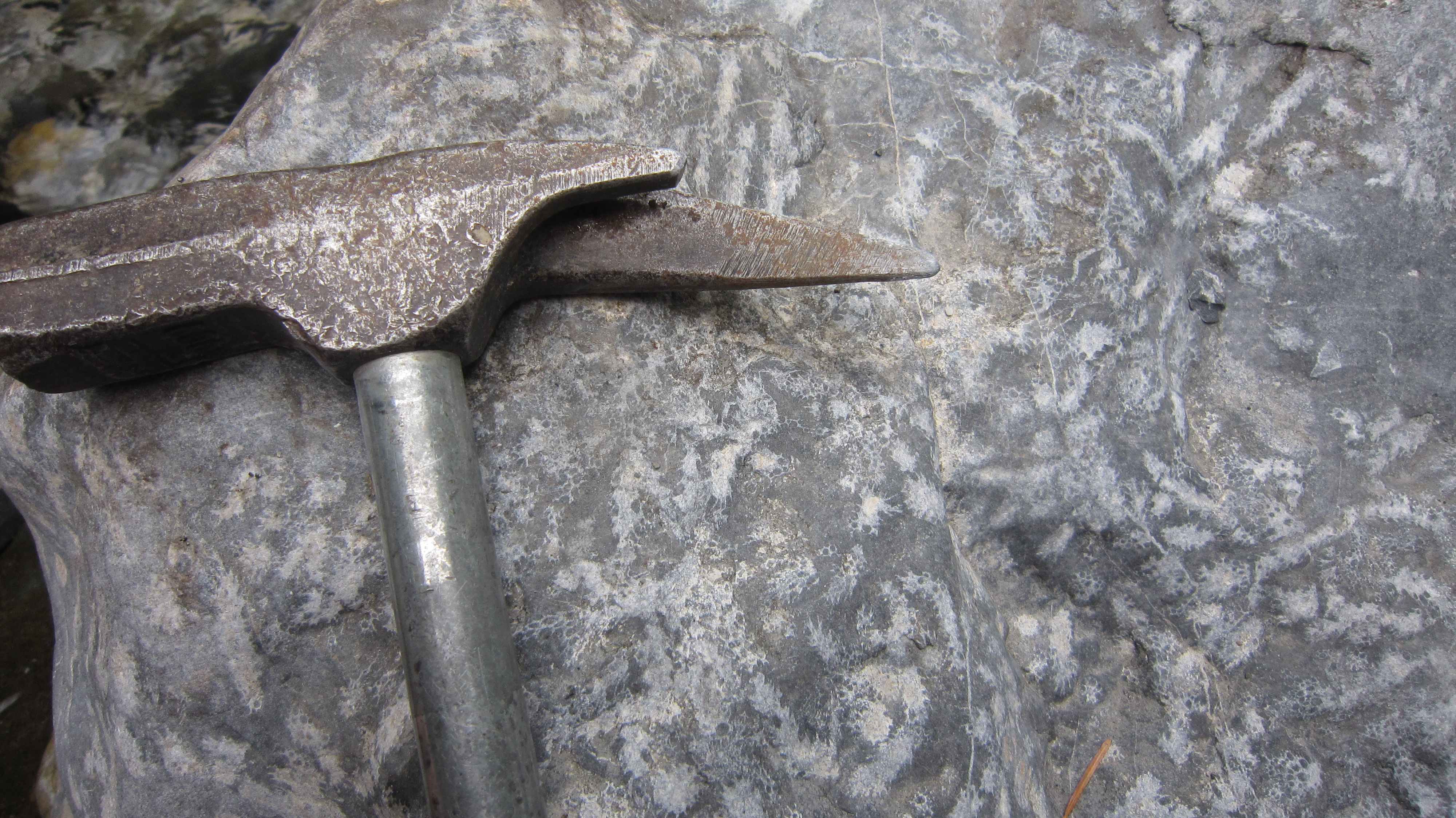
In this report by Alexander Mörtl from the University of Innsbruck supervised by Professor Dr. Karl Krainer, a re-deposited amphiporid-bearing rock slab from the Mauthen Gorge was studied. The aim was to assign this rock to naturally occurring rock formations and to reconstruct the depositional environment of this facies. The microfacies types indicate a lagoonal setting. Also, the studies have revealed that the so-called amphiporids are actually corals belonging to the genus Hillaepora. In addition, a short section of Amphiporid-bearing limestones was studied on top of mountain Polinik (2332 m).
The Bachelor report can be downloaded here.
Sulla Obervellacher Alm, Mario Jakob Feuerstein dell'Università di Innsbruck ha studiato nel 2013, sotto la supervisione del Prof. Univ. Karl Krainer, un'alternanza di strati calcarei e stromatoliti ricchi di fossili nella Formazione Wetterstein.
Le indagini hanno rivelato che si tratta di una sequenza tipica della zona sub-intertidale. I fossili indicano come ambiente deposizionale una laguna.
La tesi di laurea può essere scaricata qui.
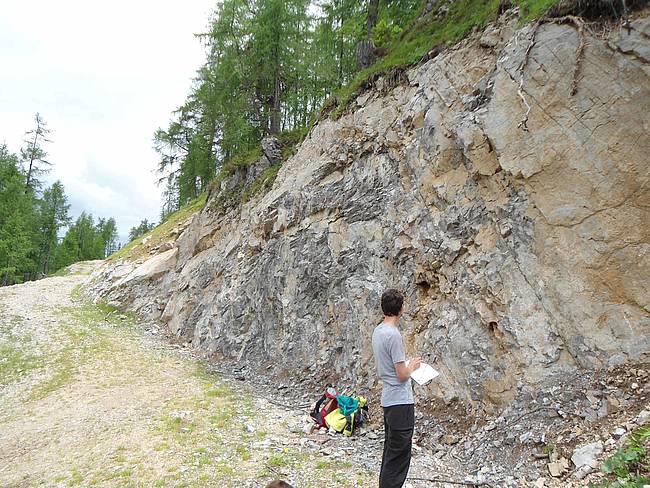
At Obervellach Alm Mario Jakob Feuerstein from the University of Innsbruck studied under the supervision of Professor Karl Krainer fossil-bearing interbedded limestones and stromatolites of the Triassic Wetterstein-Formation.
The studies indicated that these strata reflect a typical sub to intertidal environment. The fossils are part of a lagoonal deposit.
The Bachelor report can be downloaded here.
Nel GeoParco delle Alpi Carniche si trova una delle poche presenze di alberi pietrificati in Austria. Nel 2012 alcuni tronchi sono stati studiati da Johanna Kothe dell'Università di Innsbruck nell'ambito di uno studio di laurea triennale supervisionato dal Prof. Dr. Karl Krainer. In particolare, si vogliono ricostruire le condizioni sedimentarie e il processo di silificazione.
Lo studio di laurea di Johanna Kothe è disponibile qui.
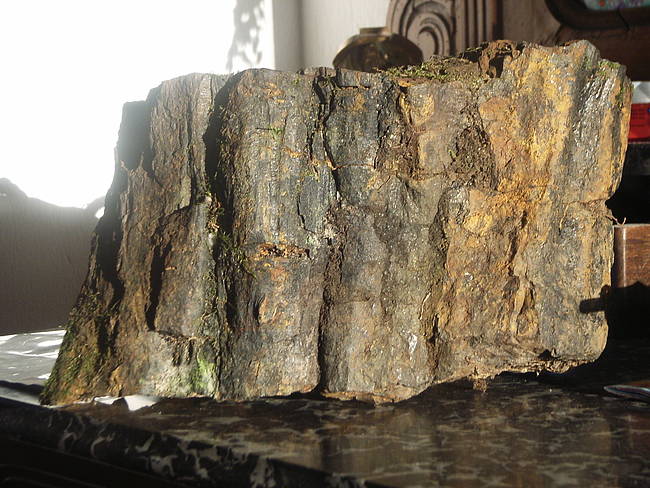
In the GeoPark Carnic Alps one of the few occurrences of petrified trees in Austria is located. In the year 2012 some of the trunks were studied by Johanna Kothe from the University of Innsbruck in the frame of a Bachelor Study supervised by Univ. Prof. Dr. Karl Krainer. In par-ticular, the sedimentary conditions and the silification process should be reconstructed.
The Bachelor Study of Johanna Kothe can be found here.
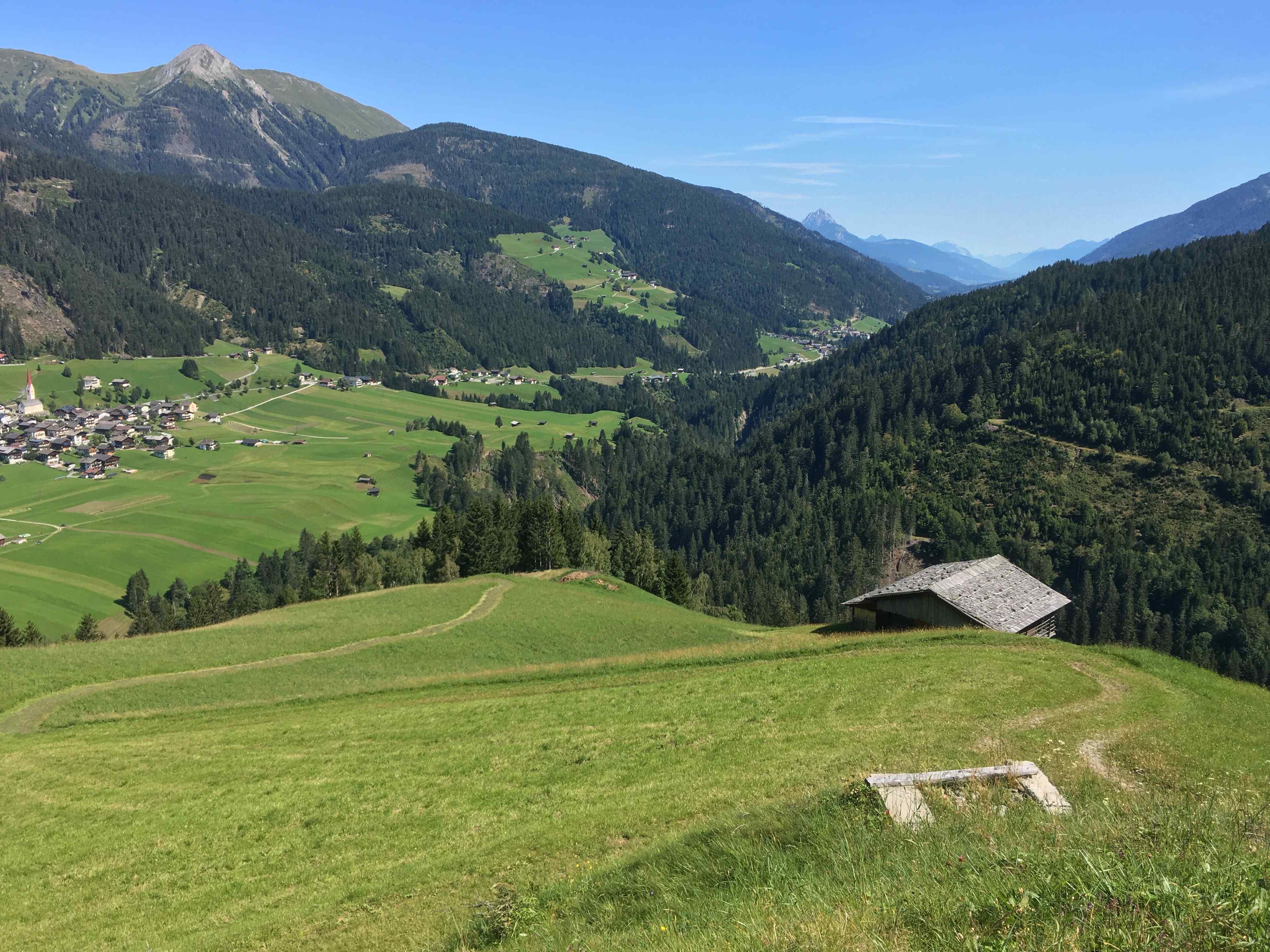 |
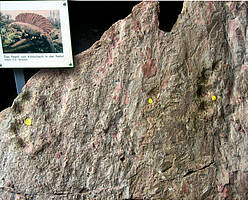 |
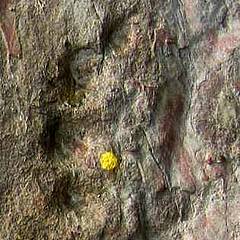 |
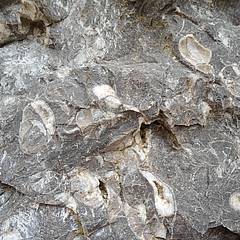 |